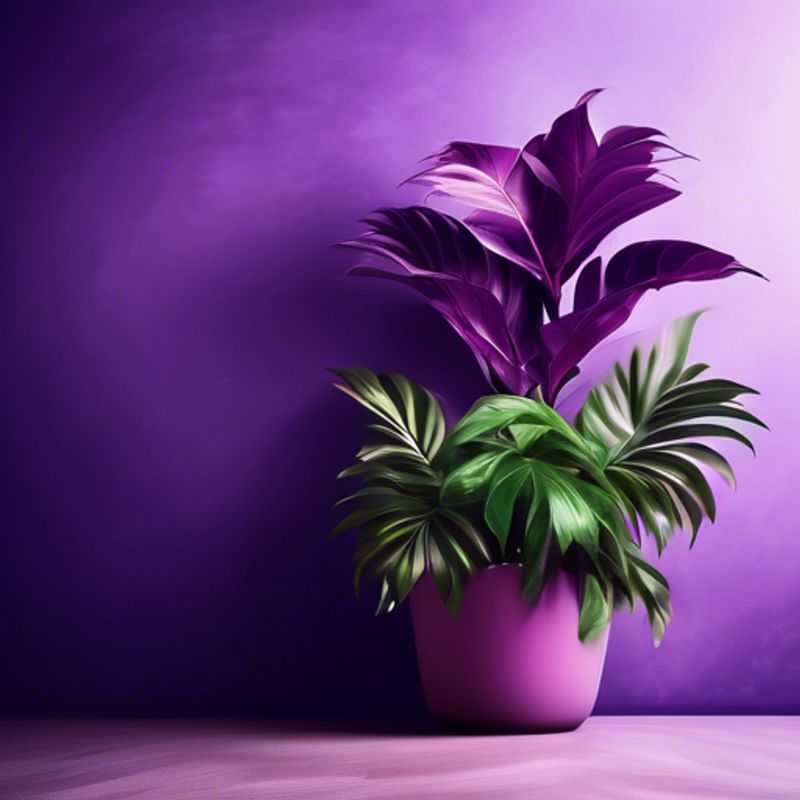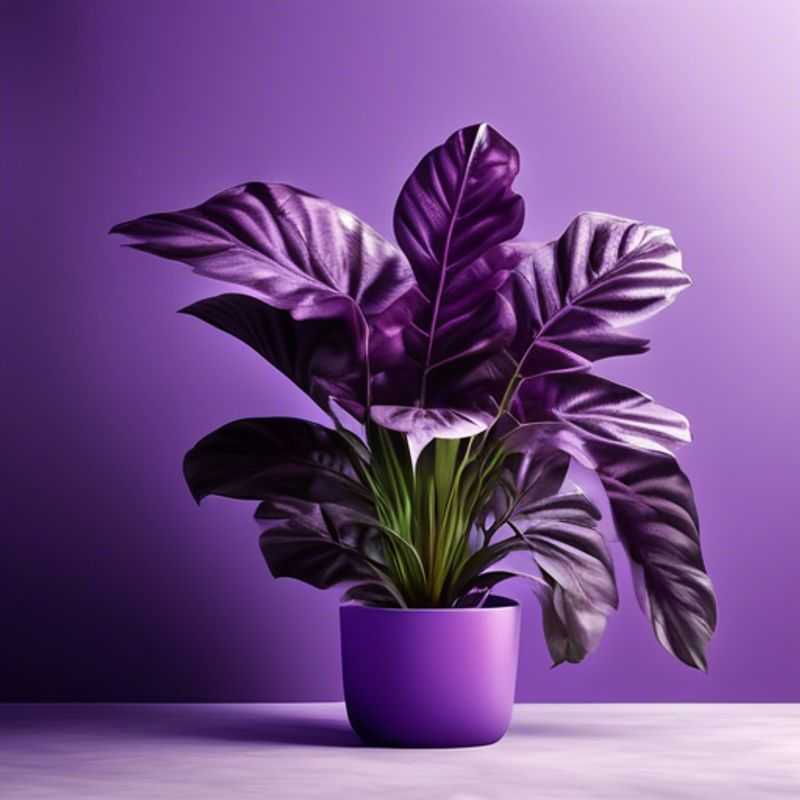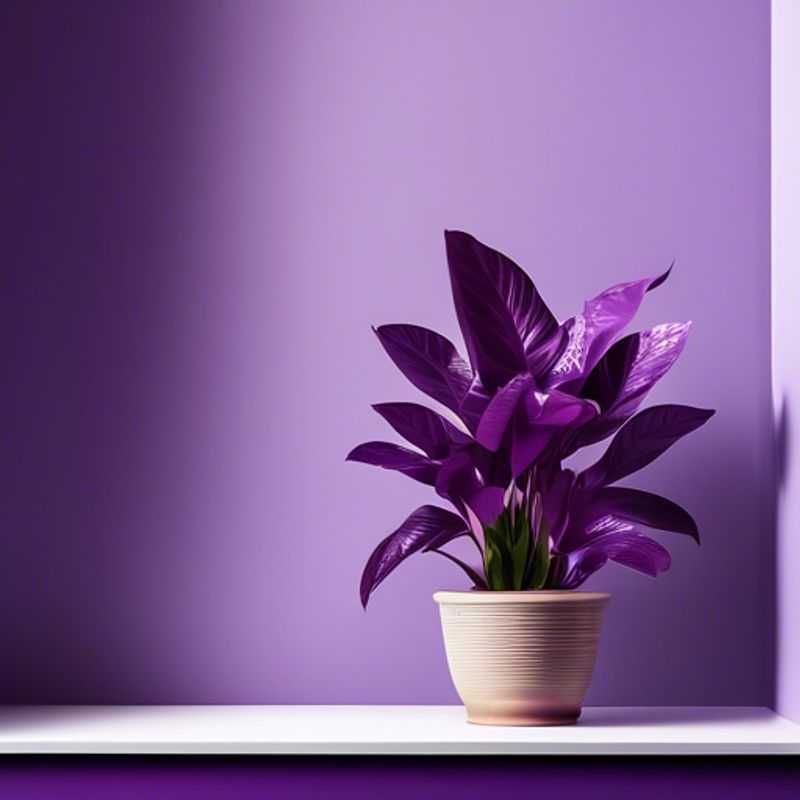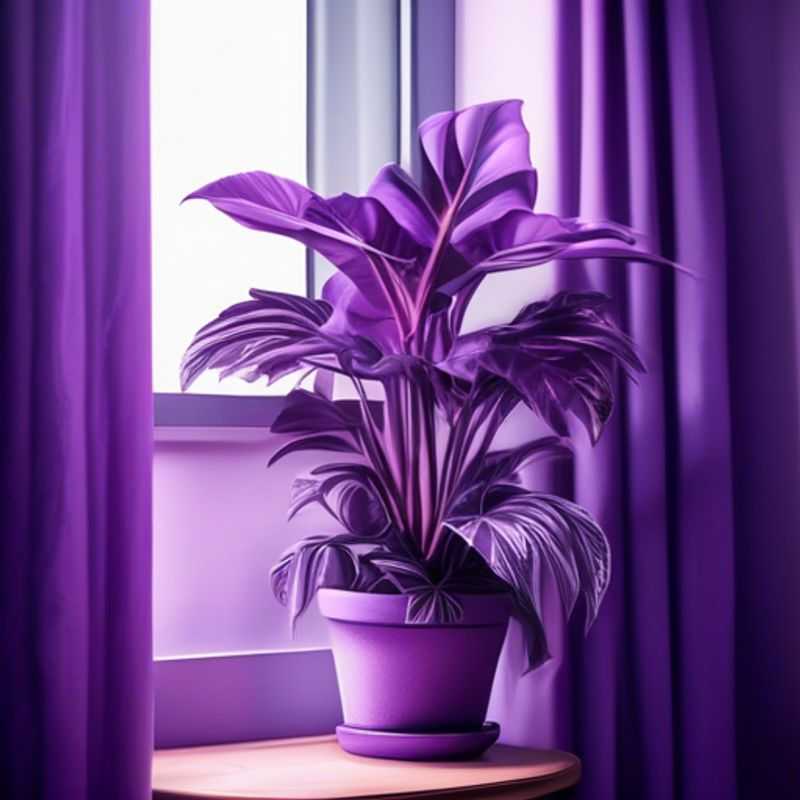Top 4 Things to Know Before Buying a Purple House Plant

4 Crucial Considerations for Choosing Your Perfect Purple House Plant
Ah, the allure of a purple houseplant! It's a splash of vibrant color that can instantly liven up any space. But before you fall head over heels for that captivating hue, there are a few crucial things to consider. Think of it as a quick engineering assessment before diving into a fascinating project!
Firstly, soil and lighting are the foundation for any plant's well-being. Purple houseplants, being a bit more delicate, often require specific conditions. Researching the ideal soil type and light requirements for your chosen variety is a must.

Cultivating a Purple Paradise: The Right Soil and Light for Your Vibrant Houseplants
Purple houseplants, with their striking colors, bring a touch of vibrancy to any home. However, these plants require specific care to thrive. Two key factors for success are soil type and lighting conditions.
When choosing soil for your purple plants, opt for a well-draining, slightly acidic mix. This ensures proper aeration and prevents root rot. You can purchase pre-mixed potting soil specifically designed for houseplants. Alternatively, consider creating your own blend with a combination of peat moss, perlite, and compost.
Lighting plays a crucial role in a purple houseplant's health. Most varieties prefer bright, indirect sunlight. Avoid direct sunlight, which can scorch the leaves. Ideally, position your plant near a window that receives ample natural light. If natural light is limited, consider using a grow light to supplement their needs.
Remember, these are just basic guidelines. Different purple houseplant varieties may have specific needs. It's important to research the particular plant you are caring for to ensure optimal conditions. Be observant and adjust your care routine as needed.

Watering Wisdom: The Key to a Thriving Garden
Proper watering is crucial for plant health and growth. Understanding your plant’s individual needs is key. Not all plants require the same amount of water.
A good rule of thumb is to water when the top inch of soil feels dry to the touch. Always check the soil moisture before watering, as overwatering can be just as harmful as underwatering.
When watering, aim for deep, thorough soaking. This allows water to reach the roots and encourage healthy growth. Avoid shallow watering, as this can lead to shallow root systems and stressed plants.
Consider using a watering can with a long spout to reach the base of the plant and avoid getting leaves wet, as this can lead to fungal diseases. A properly watered plant will have firm, healthy leaves and stems.
Monitor your plants for signs of overwatering or underwatering: wilting, yellowing leaves, or soggy soil can indicate a problem. Adjust watering frequency based on your plant’s needs and the environment.

Purple Plants: Are They More Prone to Pests and Diseases?
While the color of a houseplant doesn't directly influence its susceptibility to pests and diseases, purple houseplants are often chosen for their unique appearance, which may make them more susceptible to pests and diseases. This is because they often have delicate foliage and might require specific growing conditions, making them more sensitive to environmental changes.
Here are some key points to consider:
• Variety of Plants: Purple foliage can occur in many different species, each with its own unique needs and susceptibility to pests and diseases.
• Environmental Factors: Maintaining the proper environment, including humidity, light, and temperature, is crucial for healthy plant growth.
• Pest and Disease Prevention: Regular inspection for signs of pests or diseases is important. Consider using a horticultural oil spray or a natural insecticide to prevent infestations.
• Proper Care: Providing adequate water and nutrients while avoiding over-watering is essential for plant health.
Remember, the best way to prevent pests and diseases is to ensure your purple houseplants are healthy and thriving. By following the above tips, you can give your purple plants the best chance at a long and happy life.

Unlocking the Secrets of Purple Houseplant Care: A Deep Dive into Specific Needs
The term "purple houseplant" can refer to several different plants, so knowing the exact species is essential for providing care instructions. However, here are some general tips for caring for purple-leaved houseplants:
Light: Most purple houseplants thrive in bright, indirect light. Avoid direct sunlight, which can scorch leaves.
Watering: Allow the top inch of soil to dry out between waterings. Overwatering is a common issue, leading to root rot.
Humidity: Some purple houseplants, like African violets, prefer higher humidity. Consider using a humidifier or grouping plants together to increase humidity levels.
Temperature: Most houseplants prefer temperatures between 65-75°F (18-24°C). Avoid drafts and sudden temperature changes.
Fertilizer: Feed your purple houseplant with a balanced liquid fertilizer during the growing season (spring and summer). Reduce or discontinue fertilizing during winter months.
Pruning: Regular pruning can encourage bushier growth and remove any dead or damaged leaves.
Propagation: Many purple houseplants can be propagated through cuttings or leaf division.
For specific care instructions, it's crucial to identify the exact species of your purple houseplant. Research the specific care requirements online or consult with a local nursery or gardening expert. Remember, careful observation and attention to your plant's needs will ensure its healthy growth and vibrant color.
